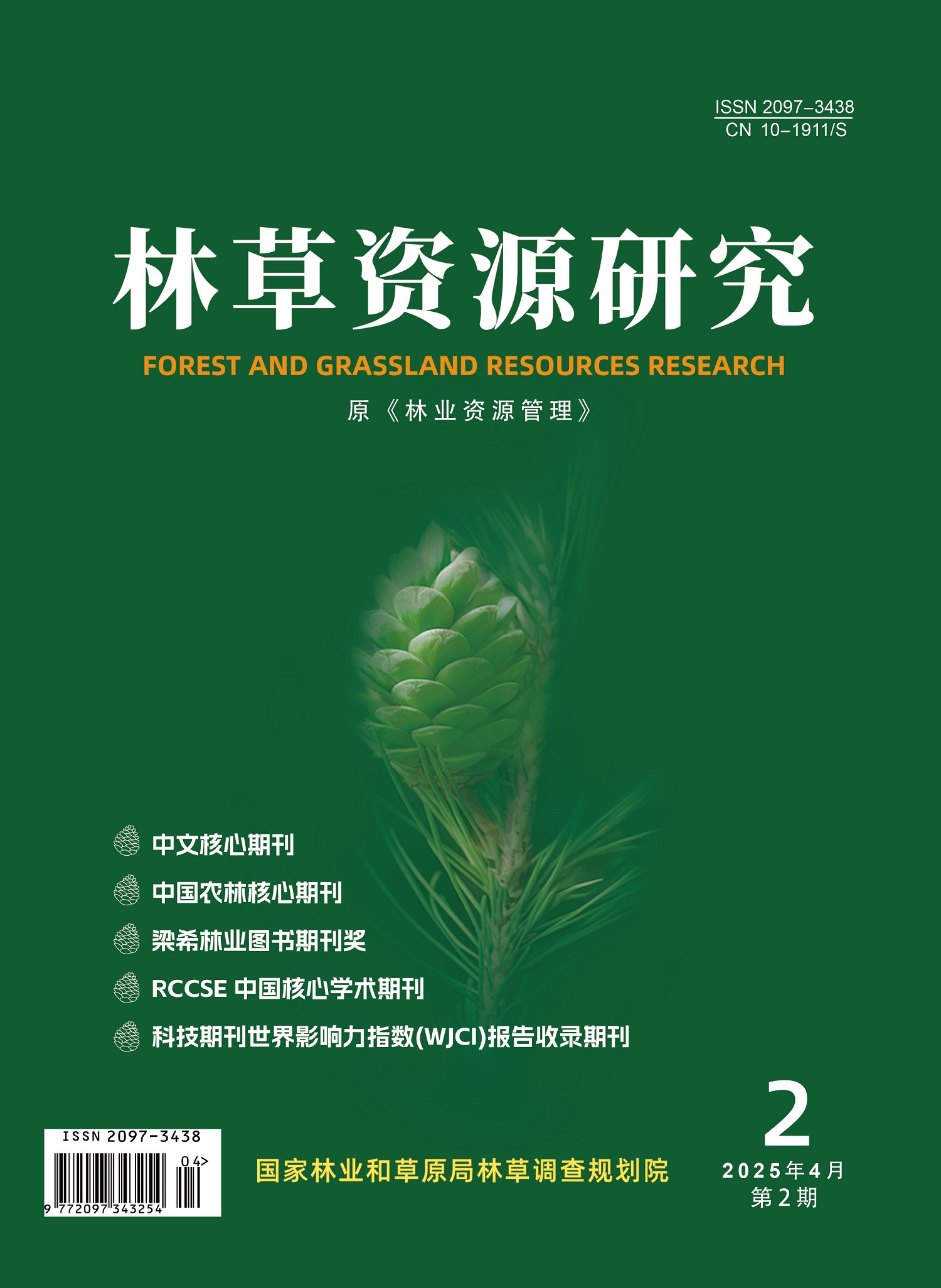Taking Pinus armandii population in Bomi Gang Township Nature Reserve of Southeast Tibet as the research object,this paper quantifies dynamic changes of population according to the theory of space in replacement of time,based on field survey data.It compiles the static life table,draws the survival curve and carries on the survival analysis to study the characteristics of population structure and its present survival situation. Through time series analysis,this article explores the trend of population development in the future.The results showed that:1) the population structure of P.armandii in Gangxiang belonged to the growth type,but the growth rate was not large.The population has a certain fluctuation in the process of development,and the number of seedlings and saplings is extremely large,but it was hindered in the process of developing into small trees,with a large number of individual death. The regeneration ability was hindered,and the population was at risk of decline.2) The survival curve of P.armandii population in Gangxiang belonged to Deevey-Ⅰ type,the early mortality rate was very high,and the mortality rate decreased to a certain stage and maintained stable development. The mortality and disappearance rate of the population appeared peak in the Ⅱ age class,and were stable in the Ⅷ—Ⅸ age class.3) With the increase of age class,the survival rate of P.armandii population in Gangxiang decreased,and the cumulative mortality increased,reaching the minimum value of 0 and the maximum value of 1 after the Ⅵ age class. The risk rate reached the highest (0.394) in the Ⅱ age class,and the death density decreased to the lowest (0) in the Ⅲ—Ⅹ age class. In the whole age class stage,the survival rate was lower than the risk rate,which indicates that the population is at risk of decline.4) The time series analysis of P.armandii population in Gangxiang showed that the number of individuals in middle and big tree stage would increase after Ⅱ、Ⅳ、Ⅵ and Ⅷ age classes.The results showed that the population of P.armandii in Gangxiang experienced a sharp decrease in the early stage,maintained stable in the middle stage and declined in the later stage.Therefore,local protection measures should be taken to strengthen the protection of P.armandii population in Gangxiang for its sustainable development.

